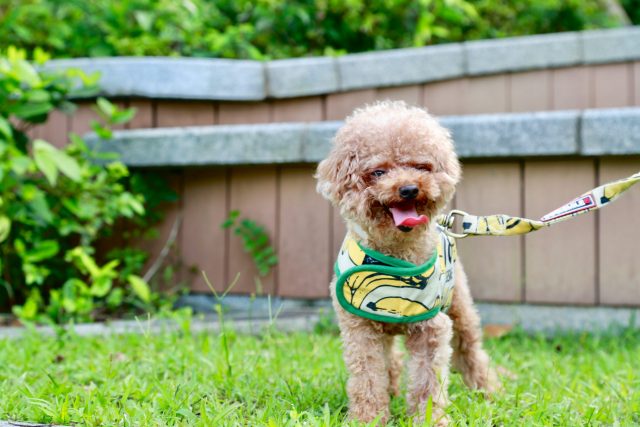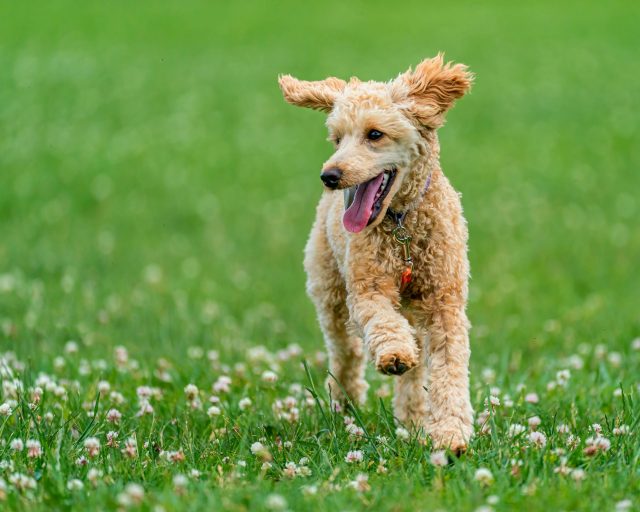Dogs are often seen as loyal companions who follow their owners’ lead. However, the dynamics can sometimes shift, and a dog might start to believe they are in charge. This can lead to various behavioral issues and a disruption in the balance of your relationship. Recognizing these signs early can help you address and correct the behavior, ensuring a harmonious and respectful relationship with your dog. This article explores ten signs that your dog thinks they are the boss of you. By understanding these behaviors, you can take steps to re-establish your role as the leader and maintain a healthy dynamic with your furry friend.

1. Ignoring Commands
One of the most obvious signs that your dog thinks it is the boss is when it frequently ignores your commands. If your dog consistently disregards basic commands like “sit,” “stay,” or “come,” it indicates a lack of respect for your authority. This behavior can be frustrating and dangerous, especially when obedience is crucial for their safety. Reinforcing training with positive reinforcement and consistency can help re-establish your leadership.
2. Pulling on the Leash
When walking your dog, if they constantly pull on the leash and lead the way, it’s a sign that they feel in control. Dogs that think they are the boss will try to dictate the pace and direction of the walk. This behavior shows dominance and can make walks stressful and less enjoyable for both of you. Training your dog to walk politely on a leash, using techniques like stopping when they pull or changing directions, can help correct this issue.
3. Demanding Attention
Dogs that demand attention on their terms, such as pawing at you, barking for attention, or nudging you persistently, are exhibiting bossy behavior. They are signaling that they want immediate gratification and expect you to comply. While giving your dog attention is important, it should be on your terms. Ignoring demanding behavior and rewarding calm, patient behavior can help your dog understand that they are not in charge.
4. Guarding Resources
Resource guarding is a common sign of dominance. If your dog growls, snaps or becomes aggressive when you approach their food, toys, or resting spots, they assert control over these resources. This behavior can be dangerous and needs to be addressed promptly. Teaching your dog to be comfortable with you handling their resources through positive reinforcement and desensitization techniques is crucial for managing this issue.
5. Refusing to Move
A dog that refuses to move from a spot, such as a bed or couch, when you ask them to is displaying dominant behavior. This can be particularly problematic if the dog blocks your way or takes over off-limits furniture. Reinforcing boundaries and using commands consistently to move them from these spots can help assert your authority. Ensuring your dog has their own comfortable space can also reduce territorial behavior.
6. Jumping on People
Jumping on people is a sign of overexcitement and dominance. A dog that jumps up to greet people is trying to assert dominance and lacks basic manners. This behavior can be intimidating or even dangerous, especially with children or elderly individuals. Training your dog to greet people politely, such as sitting calmly for a pet or a treat, can help mitigate this behavior and reinforce your leadership.
7. Excessive Barking
Excessive barking, especially if directed at you or others in the household, can indicate that your dog thinks they are in charge. Barking to demand something, such as food or attention, indicates that they expect immediate compliance. Teaching your dog the “quiet” command and rewarding silence can help curb excessive barking and re-establish your leadership role.
8. Invading Personal Space
Dogs constantly invading your personal space without being invited exhibit dominant behavior. While it’s normal for dogs to seek closeness with their owners, doing so in a way that disregards your space and comfort can indicate they see themselves as the boss. Setting boundaries, such as designated areas where your dog can and cannot go, and rewarding respect for your personal space can help address this issue.
9. Not Letting You Out of Their Sight
While some dogs naturally have a strong attachment to their owners, a dog that constantly follows you everywhere and becomes anxious when separated might be exhibiting dominance disguised as separation anxiety. They feel the need to monitor and control your actions at all times. Gradually training your dog to be comfortable with short periods of separation and reinforcing independence can help reduce this behavior.
10. Displaying Aggression
Aggressive behavior, whether towards you, other people, or animals, is a clear sign of dominance. Growling, snapping, or biting are serious behaviors that indicate your dog believes they are in control. Addressing aggression requires professional training and behavioral modification techniques. Consulting with a veterinarian or a professional dog trainer can provide the necessary guidance to correct aggressive behavior and re-establish your leadership.

Recognizing these signs that your dog thinks they are the boss is the first step towards correcting the behavior and re-establishing your role as the leader. You can create a more balanced and respectful relationship with your dog by addressing issues such as ignoring commands, pulling on the leash, demanding attention, and resource-guarding. Consistent training, positive reinforcement, and setting clear boundaries are essential for maintaining a healthy dynamic. Understanding and addressing these behaviors will ensure a happier, more harmonious relationship with your furry friend.
 Toledo, United States.
Toledo, United States.